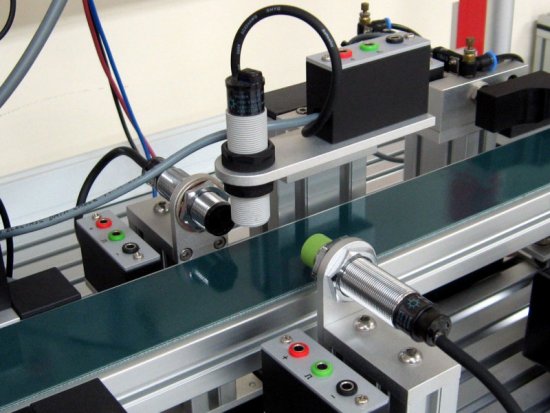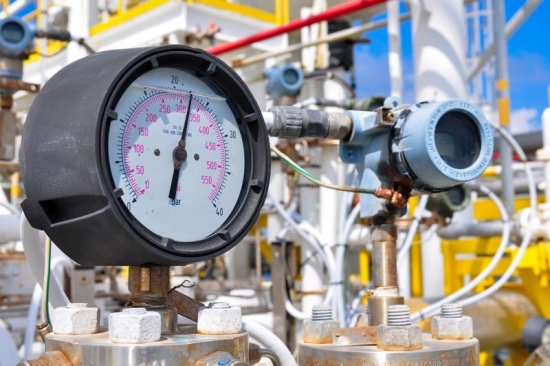Selection of sensors, basic principles and selection criteria
All sensors are classified according to the measured parameter. They can also be classified as passive or active. In passive sensors, the power required to obtain an output is provided by the measured physical phenomenon (e.g. temperature) itself, while active sensors require an external power supply.
In addition, sensors are classified as analog or digital depending on the type of output signal. Analog sensors produce continuous signals that are proportional to the detected parameter and usually require analog-to-digital conversion before feeding to the digital controller.
Digital sensors, on the other hand, produce digital outputs that can be connected directly to the digital controller. Often digital outputs are produced by adding an A/D converter to the sensor module.
If many sensors are needed, it is more economical to choose simple analog sensors and connect them to a digital controller equipped with a multi-channel A/D converter.
Typically, the output signal from the sensor requires post-processing (transformation) before the signal can be fed to the controller. The output signal of the sensor can be demodulated, amplified, filtered and isolated so that the signal can be obtained by a conventional analog-to-digital converter of the controller (see- Unified analog signals in automation systems). All electronics are integrated into one microcircuit and can be connected directly to controllers.
The sensor manufacturer usually provides calibration curves. If the sensors are stable, there is no need to recalibrate them. However, the sensor must be recalibrated after it is integrated with the control system. This essentially requires setting a known input to the sensor and recording its output to establish the correct scaling.
If the sensor is used to measure a time-varying input signal, dynamic calibration is required. Using sinusoidal inputs is the simplest and most reliable method of dynamic calibration.
A number of static and dynamic factors must be considered when selecting an appropriate sensor to determine the required physical parameter. Below is a list of typical factors:
1. Range — the difference between the maximum and minimum value of the parameter measurement threshold.
2. Resolution is the smallest change the sensor can detect.
3. Accuracy is the difference between the measured value and the true value.
4. Precision — Ability to repeat measurements with a specified accuracy.
5. Sensitivity — the ratio of the change in the output signal to the change in the input.
6.Zero Offset — A non-zero output value for a zero input signal.
7. Linearity — The percentage deviation from the best fit linear calibration curve.
8. Zero drift — the change of the output signal from the zero value for a certain period of time in the absence of a change in the input signal.
9. Response time — time interval between input and output signals.
10. Bandwidth — the frequency at which the output drops by 3 dB.
eleven. Resonance is the frequency at which the output peak occurs.
12. Operating temperature — the temperature range over which the sensor should be used.
13. Dead zone — the range of measurement values that the sensor cannot measure.
14. Signal to noise ratio - the ratio between the amplitudes of the signal and the output noise.
Choosing a sensor that meets all the above requirements is difficult as per the required specification. For example, choosing a position sensor with micrometer accuracy in the range of one or several meters excludes most sensors. In many cases, the lack of the necessary sensor requires a complete system rebuild.
Once the above functional factors are satisfied, a list of sensors is generated. The final choice of sensors will depend on size, signal conditioning, reliability, maintenance and cost.


